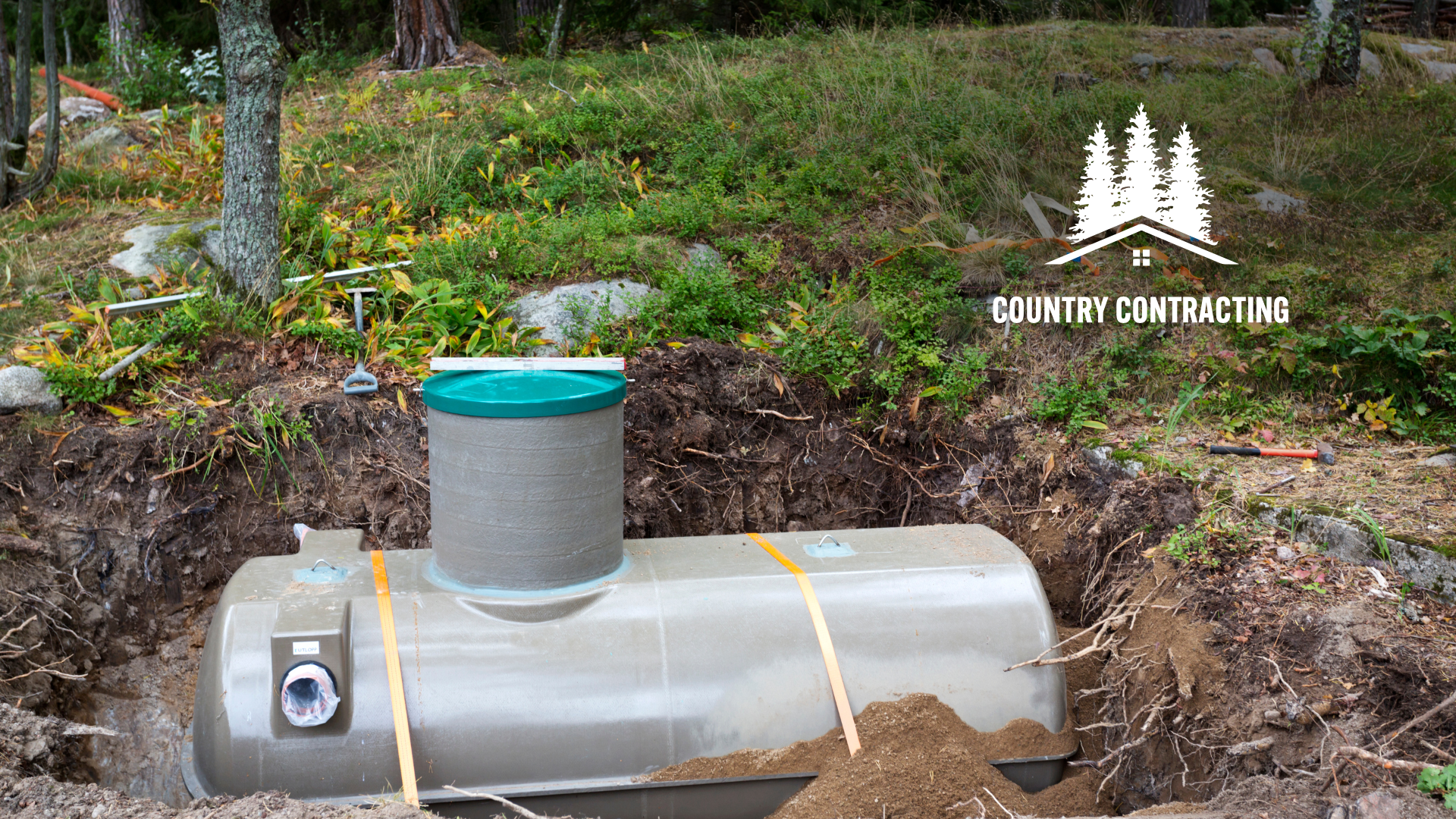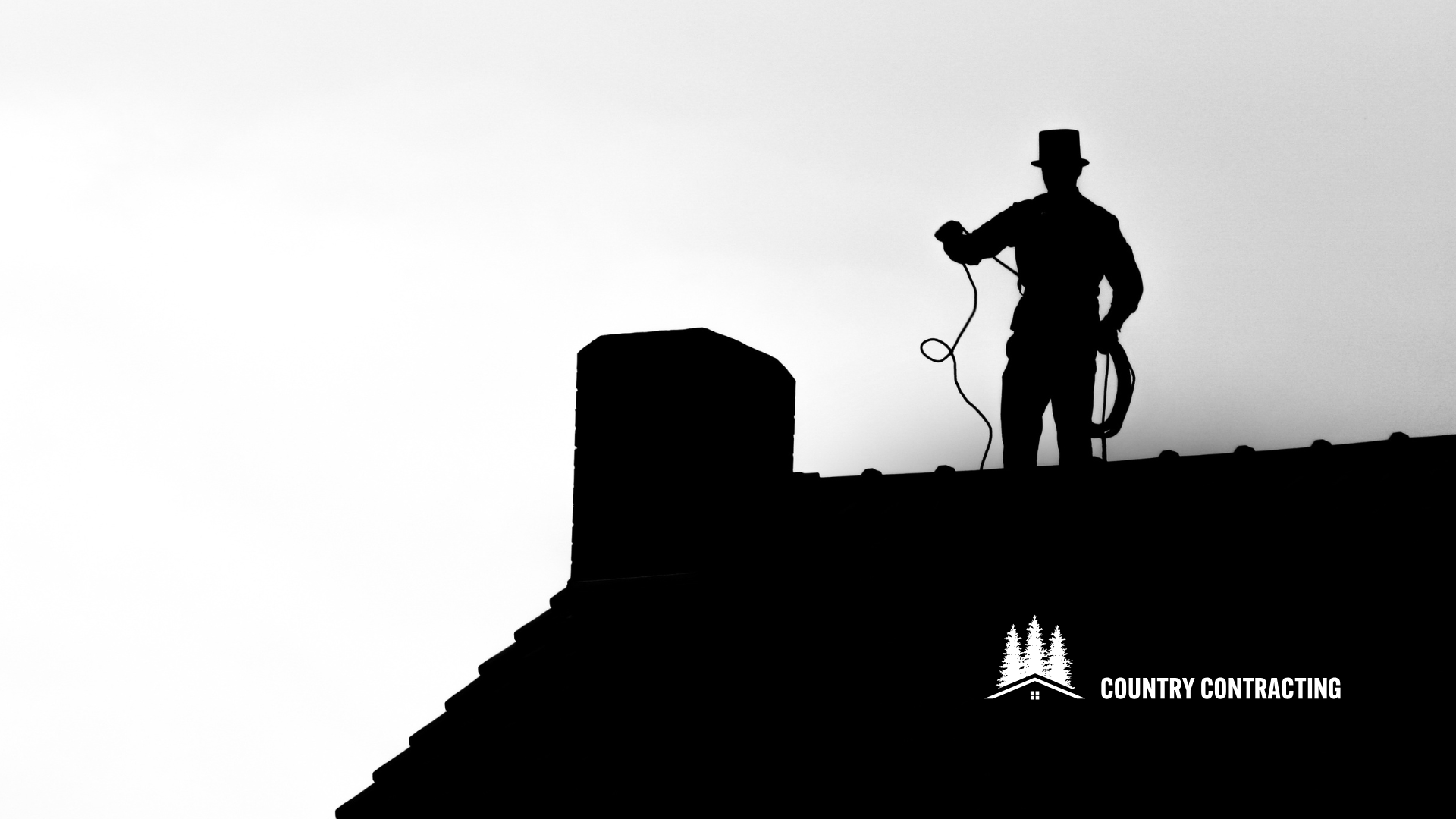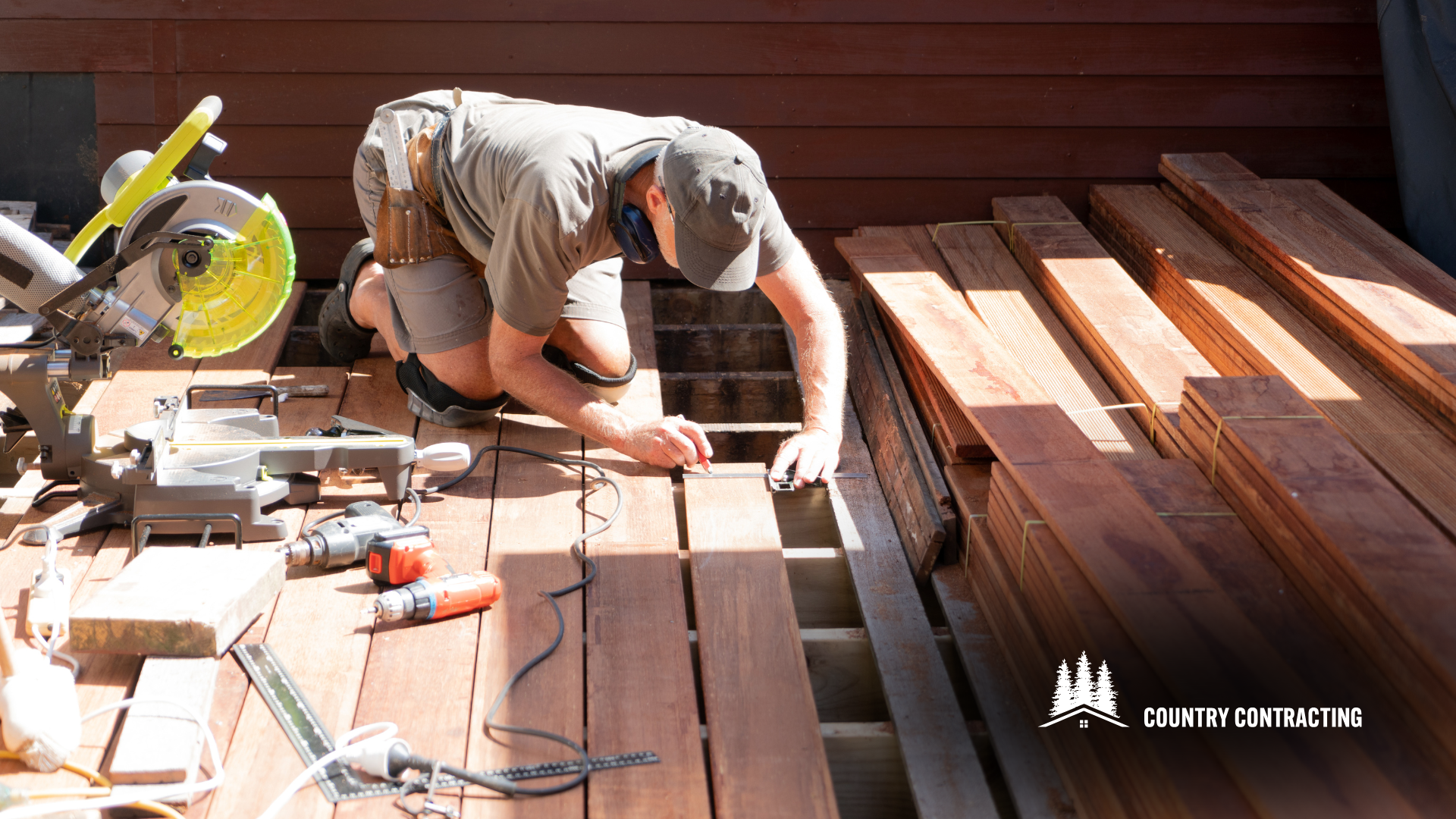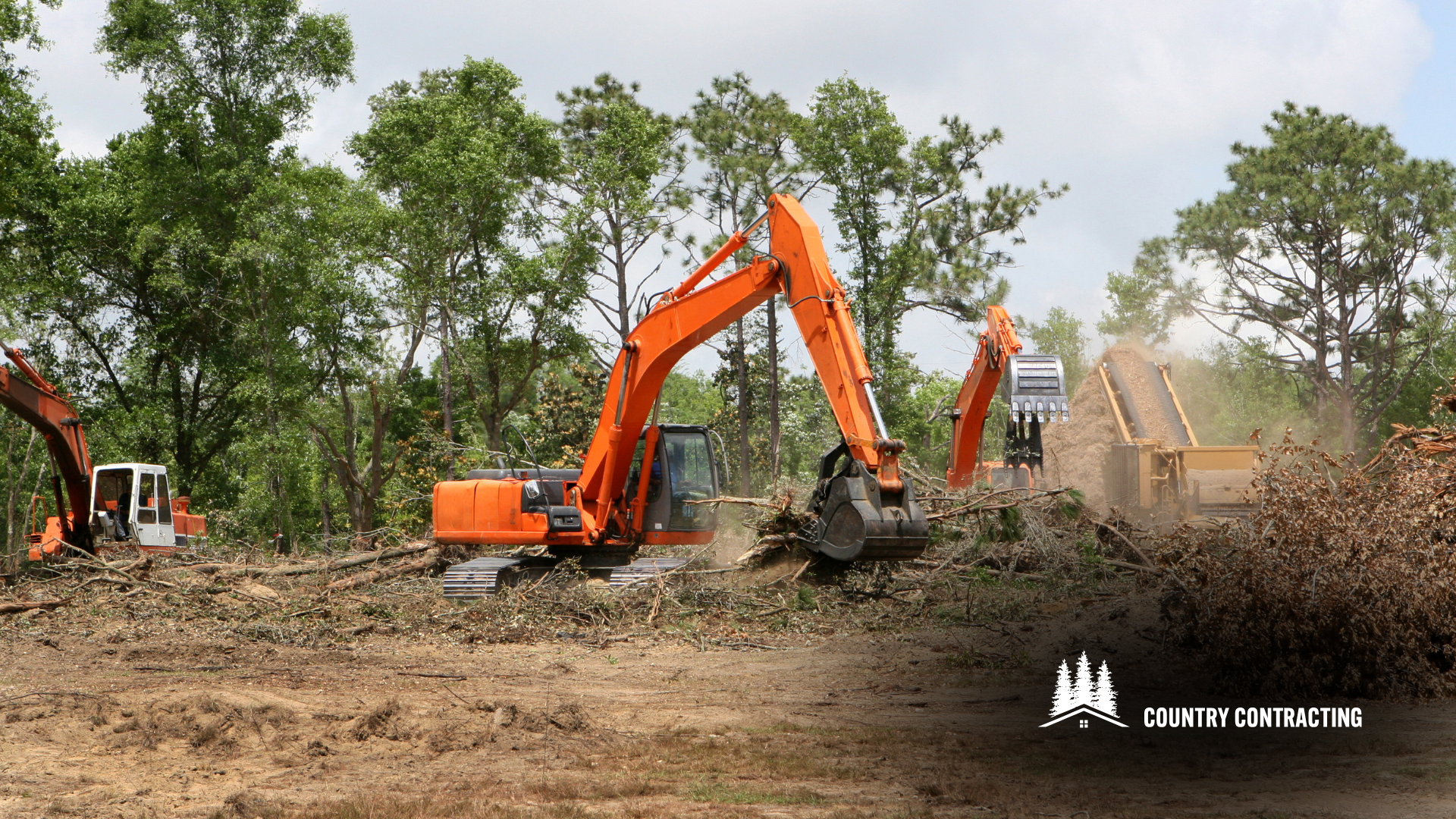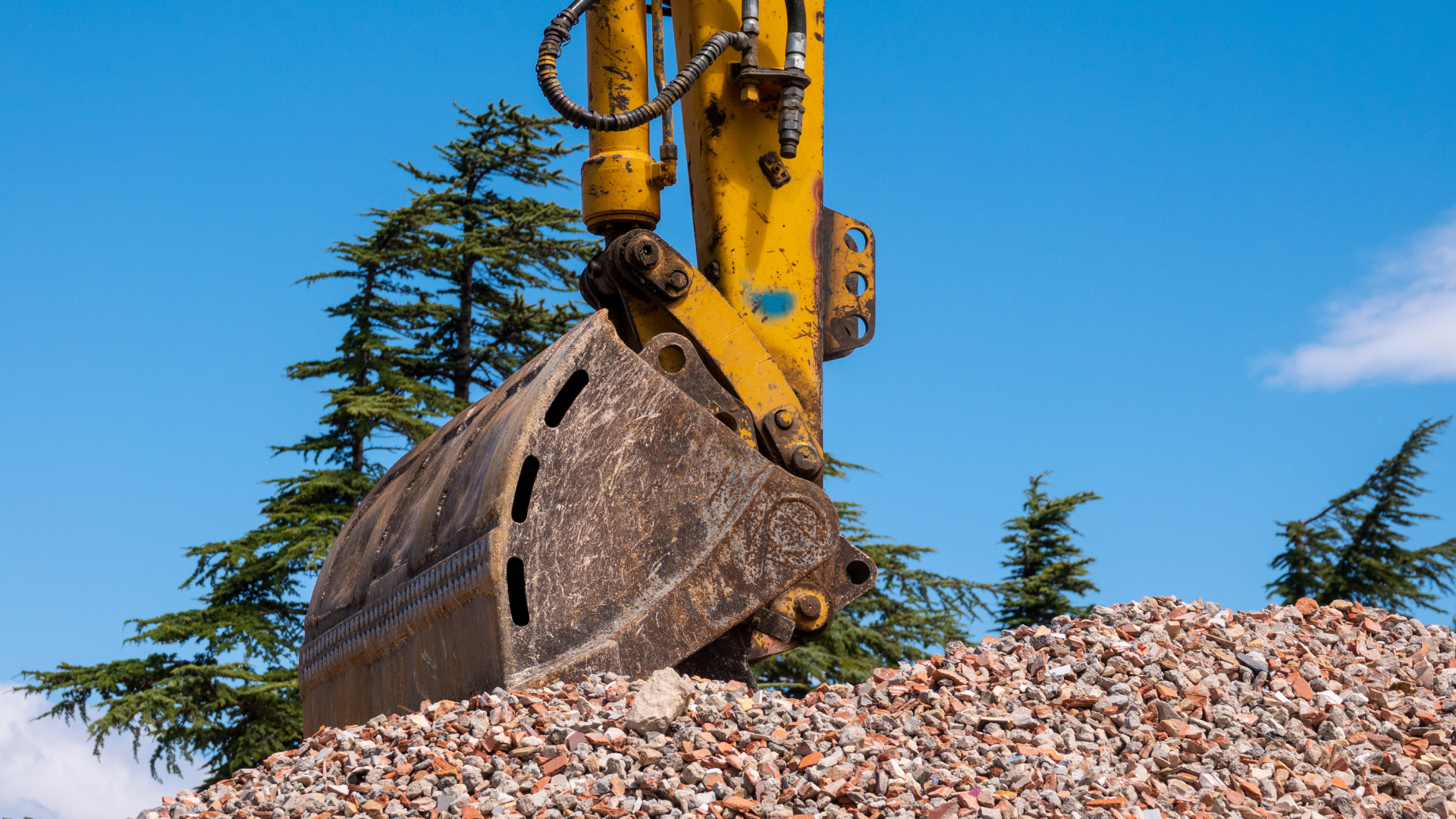CALL FOR A FREE QUOTE TODAY! (705) 457 - 6411
What Gauge Is Metal Roofing?
When choosing the right roofing material for your home, metal roofing is a superior option. Known for its longevity and robust performance, metal roofing offers a range of benefits that make it an excellent investment for homeowners. Metal roofs are becoming increasingly popular, from enhancing energy efficiency to providing an eco-friendly solution. This article will explore the top five benefits of metal roofing for your home.
Key Takeaways
- The metal roofing gauge measures its thickness, with lower numbers indicating thicker metal.
- Choosing the right gauge depends on the climate, structural requirements, and budget.
- Common gauges used in metal roofing include 29-gauge, 26-gauge, and 24-gauge, each offering different benefits.
- Thicker gauges generally provide better durability and resistance to weather elements but are also more expensive.
- Consideration of installation and long-term maintenance costs is essential when selecting the appropriate metal roofing gauge.
Understanding Metal Roofing Gauges
Definition of Gauge in Metal Roofing
Gauge refers to the thickness of the metal used in roofing. The lower the gauge number, the thicker the metal. This measurement impacts the roof's durability, weight, and overall performance.
Importance of Gauge in Roofing
The gauge of metal roofing plays a significant role in its ability to withstand various weather conditions. Thicker gauges offer better resistance to impacts and harsh weather, making them ideal for areas prone to severe storms. Conversely, thinner gauges are lighter and easier to install, which can benefit certain structures.
When searching for "metal roofing near me," it's essential to consider the gauge that best suits your needs and local climate conditions.
Factors Influencing Gauge Selection
Climate Considerations
When selecting the appropriate gauge for metal roofing, climate plays a crucial role. Thicker gauges are generally more suitable for areas prone to severe weather conditions such as heavy snowfall, strong winds, or hail. Thinner gauges might suffice in milder climates but may not offer the same level of protection.
Structural Requirements
The structural integrity of the building also influences gauge selection. Buildings with a robust framework can support heavier, thicker gauges, while structures with lighter frameworks may require thinner gauges to avoid overloading. It's essential to consult with a structural engineer to determine the best gauge for your specific building.
Cost Implications
Cost is another significant factor when choosing a metal roofing gauge. Thicker gauges tend to be more expensive due to the increased material and manufacturing costs. However, they often offer better durability and longevity, which can result in long-term savings. On the other hand, thinner gauges are more affordable upfront but may incur higher maintenance and replacement costs over time.
Selecting the right gauge for your metal roofing involves balancing climate considerations, structural requirements, and cost implications to ensure optimal performance and longevity.
Comparing Different Metal Roofing Gauges
26-Gauge vs. 29-Gauge
- 26-gauge is thicker and more durable, suitable for harsher climates, whereas 29-gauge is lighter and often more cost-effective for residential use.
24-Gauge vs. 26-Gauge
- 24-gauge offers superior strength and durability, ideal for regions with extreme weather conditions.
Pros and Cons of Thicker Gauges
Thicker gauges, such as 24-gauge, offer several advantages:
- Increased durability: Better resistance to dents and impacts.
- Enhanced weather resistance: Superior performance in harsh climates.
- Longer lifespan: Generally, thicker gauges last longer.
However, there are also some drawbacks:
- Higher cost: Thicker gauges are more expensive.
- Increased weight: Heavier materials may require additional structural support.
Choosing the right gauge for metal roofing involves balancing durability, cost, and specific project requirements.
Impact of Gauge on Durability and Longevity
Resistance to Weather Elements
The gauge of metal roofing significantly affects its resistance to weather elements. Thicker gauges offer better protection against hail, heavy rain, and strong winds. While more cost-effective, thinner gauges may be more susceptible to damage in extreme weather conditions.
Lifespan of Different Gauges
The lifespan of metal roofing is directly influenced by its gauge. Thicker gauges generally have a longer lifespan due to their enhanced durability. For instance, a 24-gauge metal roof can last several decades with proper maintenance, whereas a 29-gauge roof might require more frequent repairs or replacement.
Choosing the right gauge for your metal roofing can significantly impact its longevity and overall performance.
Maintenance Requirements
Maintenance requirements vary depending on the gauge of the metal roofing. Thicker gauges typically require less maintenance due to their robustness. However, all metal roofs benefit from regular inspections and timely repairs to address rust or loose panels. Regular maintenance can extend the life of your metal roof, regardless of its gauge.
Installation Considerations for Various Gauges
Tools and Equipment Needed
When installing metal roofing, the tools and equipment required can vary depending on the metal gauge. Thicker gauges often necessitate more robust tools to cut and shape the metal sheets. Common tools include metal snips, power shears, and specialized roofing hammers. For thicker gauges, you might also need heavy-duty drills and fasteners.
Labor Intensity
The labor intensity of installing metal roofing is influenced by the gauge of the metal. Thicker gauges are generally more labor-intensive to install due to their weight and rigidity. This can lead to longer installation times and may require more skilled labor. Conversely, thinner gauges are easier to handle and install, making the process quicker and less demanding.
When planning your roofing project, consider labor intensity, as it can impact both the timeline and the overall cost. Companies like Haliburton Construction Company often provide detailed estimates that include labor considerations.
Safety Precautions
Safety is paramount when installing metal roofing, regardless of the gauge. However, thicker gauges can pose additional safety risks due to their weight and the effort to manipulate them. Key safety precautions include:
- Wear appropriate personal protective equipment (PPE) such as gloves, safety glasses, and hard hats.
- Ensuring ladders and scaffolding are secure and stable.
- Using proper lifting techniques to avoid strain and injury.
- Be cautious of sharp edges on metal sheets to prevent cuts and abrasions.
Adhering to these safety measures can help ensure a safe and efficient installation process.
Cost Analysis of Metal Roofing Gauges
Material Costs
The cost of metal roofing materials varies significantly based on the gauge. Thicker gauges, such as 24-gauge, are generally more expensive than thinner options like 29-gauge. This is due to the increased amount of metal used in thicker gauges. When planning your budget, consider the long-term benefits of investing in a thicker gauge, which may offer better durability and longevity.
Installation Costs
Installation costs can also vary depending on the gauge of the metal roofing. Thicker gauges are typically more challenging, requiring specialized tools and more labor-intensive processes. This can lead to higher installation costs. Companies like Country Contracting and Construction often provide detailed quotes that break down these costs, helping homeowners make informed decisions.
Long-term Financial Benefits
While the initial costs for thicker gauges may be higher, they often offer long-term financial benefits. Thicker metal roofing can better resist weather elements, reducing maintenance and repair costs. The enhanced durability can also lead to a longer lifespan, making it a cost-effective choice in the long run.
Investing in a thicker gauge metal roof may have higher upfront costs, but the long-term savings in maintenance and durability can make it a wise financial decision.
Environmental Impact of Different Gauges
Energy Efficiency
The gauge of metal roofing can significantly influence its energy efficiency. Thicker gauges provide better insulation, reducing the need for additional heating or cooling. This can lead to lower energy consumption and a smaller carbon footprint.
Recyclability
Metal roofing is highly recyclable, regardless of the gauge. However, thicker gauges may have a longer lifespan, which means they need to be replaced less frequently, contributing to less waste over time.
Sustainability
Choosing the right gauge for your metal roofing can enhance the sustainability of your building project. Thicker gauges often require more raw materials, but their durability can offset this by reducing the need for frequent replacements.
Opting for a thicker gauge can be a more sustainable choice in the long run despite the initial higher material usage.
Frequently Asked Questions
What does 'gauge' mean in metal roofing?
In metal roofing, 'gauge' refers to the thickness of the metal panels. The lower the gauge number, the thicker the metal.
Why is the gauge of metal roofing important?
The gauge of metal roofing affects its durability, strength, and resistance to weather elements. Thicker gauges typically offer better performance but can be more expensive.
What are the most common gauges used in metal roofing?
The most common gauges used in metal roofing are 29-gauge, 26-gauge, and 24-gauge. Each has its advantages and is chosen based on specific needs and conditions.
How does climate influence the selection of metal roofing gauge?
In areas with harsh weather conditions, such as heavy snowfall or strong winds, thicker gauges (e.g., 24-gauge) are preferred for their added strength and durability.
What are the cost implications of different metal roofing gauges?
Thicker gauges are generally more expensive in terms of material and installation costs. However, their durability and lower maintenance requirements may offer long-term financial benefits.
Is thicker metal roofing always better?
Not necessarily. While thicker metal roofing provides greater durability and resistance, it may not be necessary for all applications. The choice of gauge should be based on factors like climate, structural requirements, and budget.
CONTACT US
AREA SERVED
HALIBURTON AND SURROUNDING AREA
NAVIGATION LINKS
EMAIL US
Copyright © 2024 Country Contracting and Construction - All Rights Reserved.
